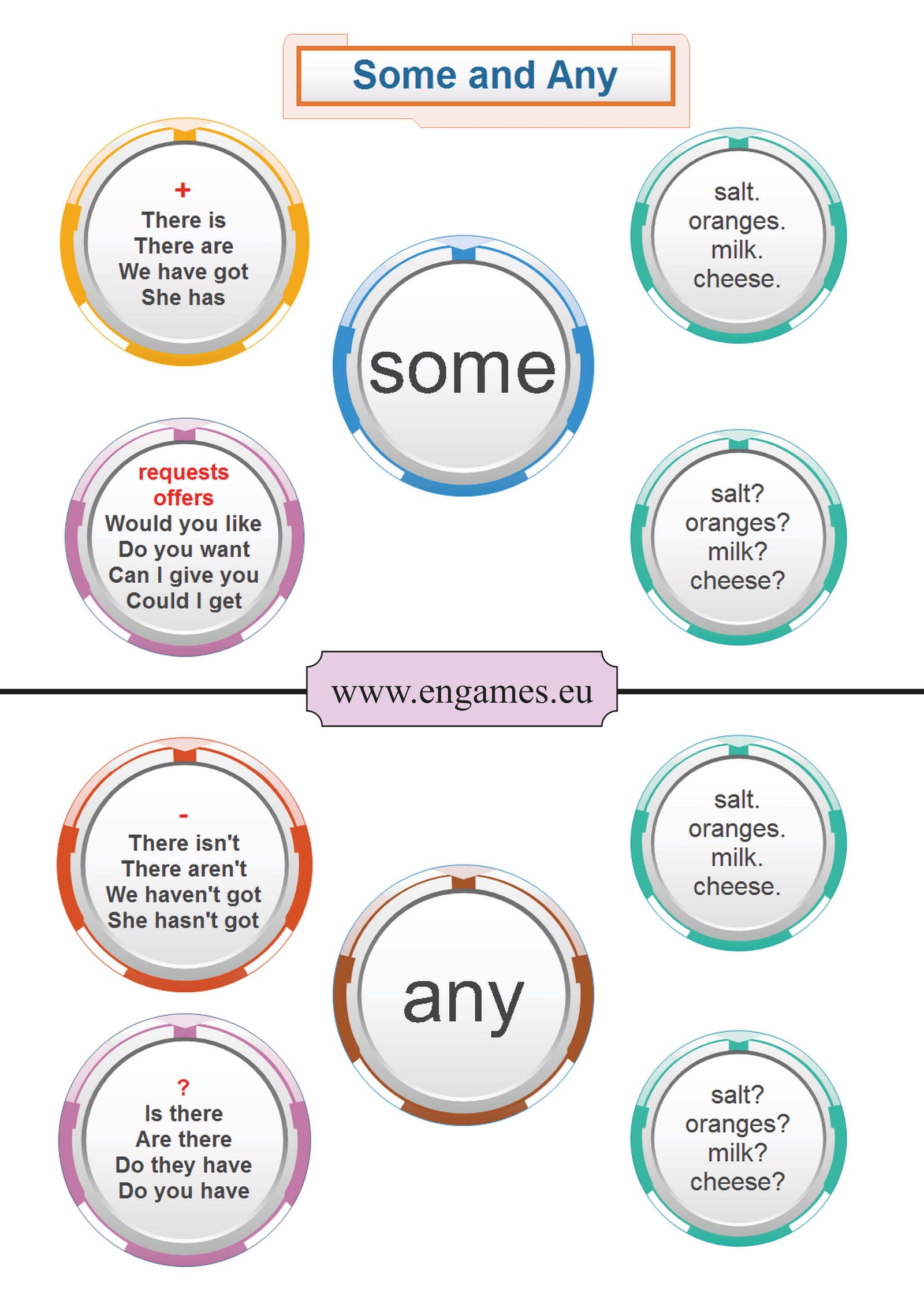Forensic science, the application of scientific principles to legal matters, operates as a silent sentinel, meticulously piecing together fragments of truth from the chaotic tapestry of crime. For those drawn to unraveling the enigmas embedded within blood spatter patterns, deciphering the lexicon of latent fingerprints, or navigating the labyrinthine corridors of DNA analysis, a comprehensive understanding of forensic literature is paramount. But where to begin the intellectual journey into this captivating field?
This exploration delves into a curated collection of literary cornerstones, each offering a unique portal into the multifaceted world of forensic science. These volumes serve as more than mere textbooks; they are veritable Rosetta Stones, unlocking the cryptic language spoken in the silent chambers of crime scenes.
1. “Forensic Science: From the Crime Scene to the Crime Lab” by Richard Saferstein
Saferstein’s magnum opus stands as a quintessential compendium, an indispensable vade mecum for neophytes and seasoned practitioners alike. Like a seasoned cartographer charting uncharted territories, Saferstein meticulously navigates the breadth of forensic disciplines. From the foundational tenets of crime scene investigation to the intricacies of forensic toxicology, this book offers a panoramic vista of the field. Each chapter is meticulously structured, providing a robust foundation in the fundamental principles and practical applications of forensic science. It is a foundational text, a bedrock upon which deeper understanding is built.
2. “Criminalistics: An Introduction to Forensic Science” by Richard Liuzzo
Liuzzo’s work distinguishes itself through its pragmatic approach. It eschews complex jargon in favor of clear, concise explanations, making it an accessible entry point for those intimidated by the seeming esotericism of the discipline. The book meticulously dissects each stage of the forensic process, from the initial crime scene assessment to the subsequent laboratory analysis, culminating in the compelling courtroom presentation. The narrative is punctuated with real-world case studies, allowing readers to witness the practical application of theoretical concepts. It is a window into the real world application.
3. “Techniques of Crime Scene Investigation” by Barry A. Fisher
This book plunges headfirst into the nitty-gritty of crime scene investigation. Fisher, a veteran crime scene investigator, shares invaluable insights gleaned from years of frontline experience. The book acts as a field manual, a compendium of best practices for securing the scene, documenting evidence, and meticulously collecting trace materials. Consider it a treasure map, guiding investigators through the treacherous terrain of a crime scene, ensuring that no crucial clue is overlooked. The book emphasizes the importance of meticulous documentation, underlining the axiom that a poorly documented crime scene is a compromised case.
4. “Forensic Pathology” by Vincent Di Maio and Dominick Di Maio
Stepping into the macabre domain of forensic pathology, this text delves into the post-mortem examination of the deceased. It is an excursion into the science of death. The Di Maio duo, preeminent figures in the field, unravel the complexities of determining the cause and manner of death. The book explores a plethora of pathological conditions, from blunt force trauma to sharp force injuries, and the subtle nuances of asphyxia. It is an exploration of the body, a thorough account of everything that can go wrong.
5. “Forensic Entomology: An Introduction” by Dorothy Gennard
Venturing into the niche domain of forensic entomology, Gennard’s work illuminates the fascinating intersection of insects and criminal investigations. Forensic entomology, often misunderstood, harnesses the predictable life cycles of insects to estimate the postmortem interval, the time elapsed since death. The book meticulously examines the various insect species that colonize corpses, revealing how their developmental stages can serve as biological clocks. Consider it a guide to understand the natural world, and how it can be applied to our world.
6. “The Forensic Science of CSI” by Katherine Ramsland
For those seeking a less technical and more narrative approach, Ramsland’s book offers a captivating exploration of the real-life science behind the popular television series CSI. While acknowledging the dramatic liberties taken by Hollywood, Ramsland skillfully demystifies the core principles of forensic science, making them accessible to a wider audience. The book debunks common misconceptions, highlights the crucial role of forensic scientists in the pursuit of justice, and provides an engaging glimpse into the diverse array of forensic specialties. It bridges the gap between entertainment and reality.
7. “Advanced Topics in Forensic DNA Typing: Methodology” by John M. Butler
For those ready to delve into the complex world of forensic DNA analysis, Butler’s book offers an in-depth exploration of advanced methodologies. This book explores the complexities of DNA, diving into the nuances in how to test different samples. It is a deep dive into the world of DNA.
In conclusion, the literary landscape of forensic science is as diverse and intricate as the field itself. These books represent a mere fraction of the vast knowledge base available, but they provide a solid foundation for anyone seeking to understand the scientific underpinnings of criminal justice. Whether you are a student, a practitioner, or simply a curious mind drawn to the allure of forensic investigation, these texts offer invaluable insights into the art and science of uncovering the truth.










Leave a Comment